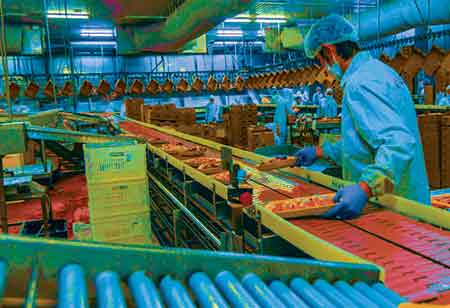Thank you for Subscribing to Food Business Review Weekly Brief
The Application of Technology in a Bakery
Today, even a small bakery will need to use technology to speed up the baking process.

By
Food Business Review | Thursday, January 27, 2022
Stay ahead of the industry with exclusive feature stories on the top companies, expert insights and the latest news delivered straight to your inbox. Subscribe today.

Balancing quality requirements with production demands is difficult in the bakery industry. However, thanks to technological advancements, production is faster, and demand is well met.
FREMONT, CA: Today, even a small bakery will need to use technology to speed up the baking process. The two most important factors in this industry are (1) quality and (2) time. If you produce bread or quality cakes on time, the customers will benefit over time, leading to business growth.
One can automate the record-keeping process. Temperature monitoring, for example, can be automated. Why? Because time and temperature are both important in a bakery, the crust's thickness and the crumb's moistness are determined by time and temperature. So, if one manages this manually, one will waste a lot of time and get poor results. If one automates this temperature system, one will save time and money while still producing high-quality products. Some bakeries use a system of wireless sensors to collect time and temperature, which are then transmitted to readers.
As a result, if a specific bakery area becomes too hot or too cold, the system will automatically send alerts to technicians to come and fix the problem. This reduces losses and the production of low-quality products.
A well-equipped bakery will transfer a finished product from the blast freezer to a cold pack room for better results. Employees in this room will package the product at a cool 40 – 50 degree temperature. This preserves the product's freshness.
After packaging, the product must be delivered to sales outlets, so a delivery van is incorporated with a system that keeps the products fresh. As a result, even the van is outfitted with 40 – 50 degree temperatures to ensure that the product is new upon delivery.
So, who stands to gain from this technology? The supplier and the consumer both benefit. Because the supplier produces products on time and they arrive on time. The consumer will then receive a new development on time.
It may be costly to implement these automated temperature sensors. Still, the results will be excellent and increase your RIO in the long run, putting you ahead of your competitors.






